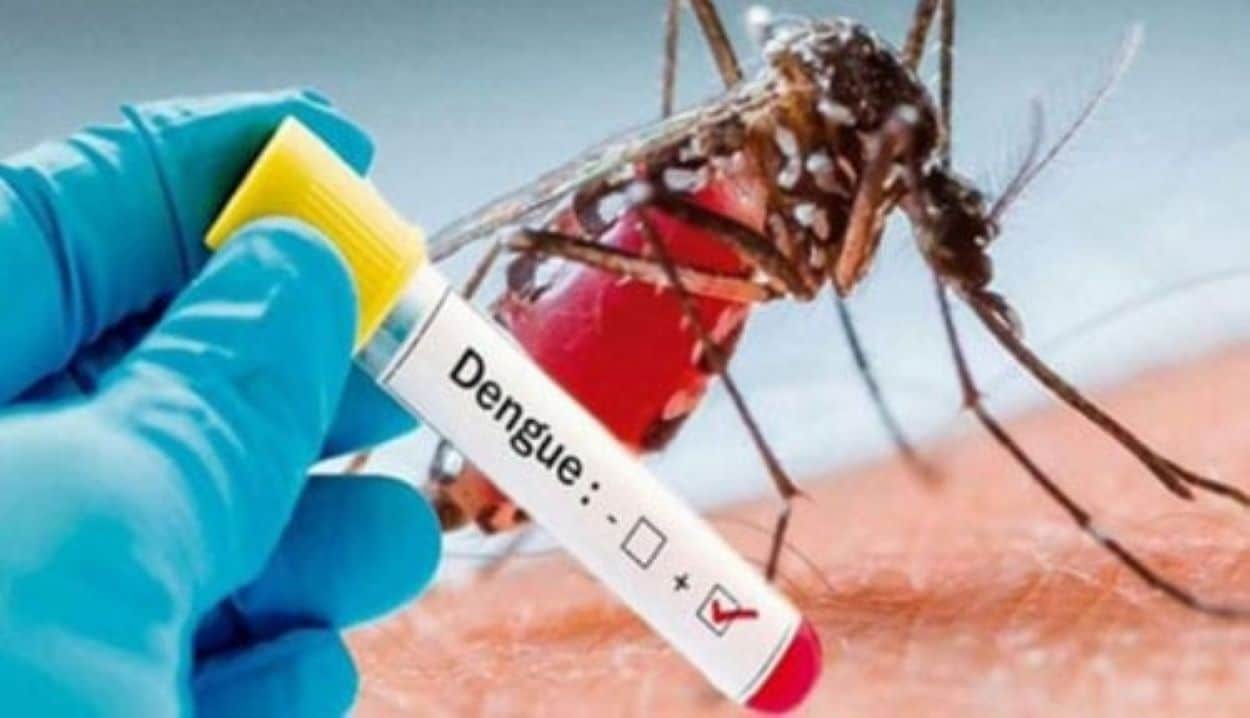Dengue cases have alarmingly escalated in the Sindh region, reaching 896 cases this year. Particularly troubling is August, which alone has witnessed 731 new cases. Dissecting these numbers:
Karachi’s District Data:
- East District: 291 cases
- Central District: 126 cases
- Korangi: 79 cases
- South: 136 cases
- West: 20 cases
- Malir: 40 cases
- Keamari: 396 cases
- Other Regions:
- Hyderabad: 103 cases
- Mirpur Khas: 31 cases
- Larkana: 14 cases
- Sukkur: 13 cases
- Shaheed Benazirabad: 4 cases
NIH’s Advisory Amidst the Outbreak
Recognizing the potential severity of the situation, the National Institute of Health (NIH) issued a timely advisory. They pointed out the monsoon season as witnessing a surge in dengue fever cases, necessitating strong preventive measures.
The recommendations include:
- Environmental Management: Focus on preventing mosquitoes from finding suitable egg-laying habitats.
- Domestic Safeguards: Ensure home water storage containers are regularly cleaned and securely covered to halt dengue larva production.
- Emergency Measures: Using insecticides during outbreaks is essential to control the vector population.
- Personal Precautions: During the monsoon season, individuals are encouraged to wear full-sleeved clothing as a measure against mosquito bites.
Understanding Dengue Virus
The dengue virus is primarily transmitted by the female mosquito species Aedes aegypti and Ae to a lesser extent. Albopictus is a fast-spreading viral disease that has seen global proliferation in recent years.
Recognizing Dengue Symptoms:
Dengue fever typically manifests with a high fever (up to 40°C/104°F). Accompanying this fever, at least 2 of the following symptoms indicate the presence of dengue:
- Severe headaches
- Intense pain behind the eyes
- Muscle and joint discomfort
- Nausea
- Episodes of vomiting
- Noticeable swollen glands
- Distinctive rash
Early recognition and timely medical intervention are key to managing this mosquito-borne disease.






